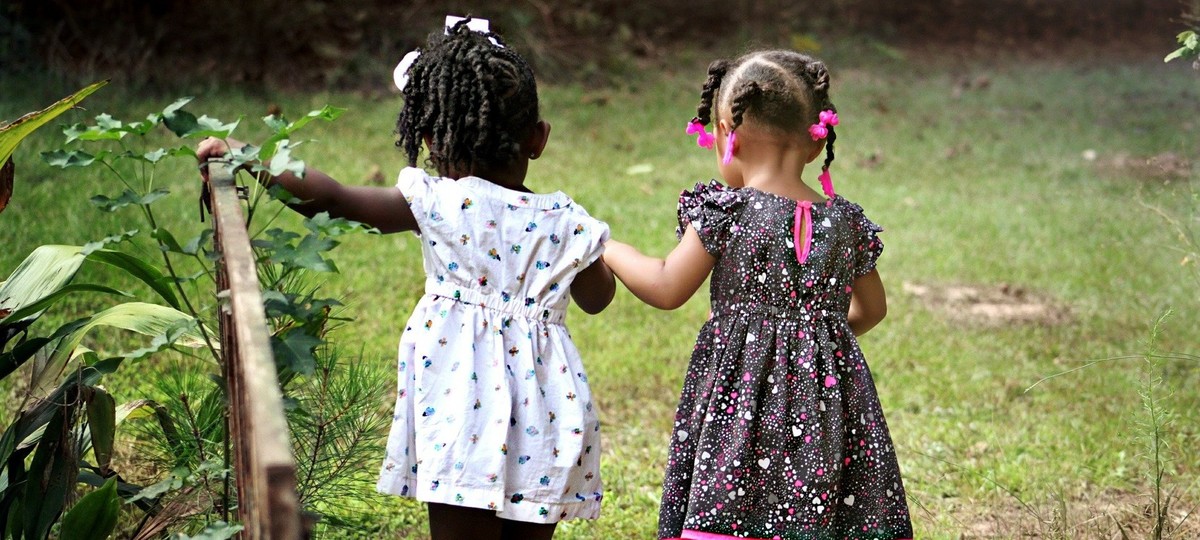
Tim Gill, author of "Urban Playground: How Child-Friendly Planning and Design Can Save Cities" and longtime champion of more freedom for kids, said the study shows "that British children have been subject to a gradual, creeping lockdown over at least a generation." He added, "Thanks to the pandemic, we all know what lockdown feels like."
So, why are we doing this to our kids?
The reasons are the usual adult fears of crime and traffic, dovetailing with the fact that electronic entertainment keeps many kids from longing for the outdoors (or knowing it exists).
Of course, our desire to keep kids safe makes sense. What is hard to keep in mind when worrying about the dangers of letting them leave the house is that there are dangers to not letting them leave the house. Gill lists them: "Boredom, isolation, inactivity and poorer mental and physical health. The consequences for their development and well-being should not be underestimated."
In fact, the consequences are pretty clear. After all, the book, "Your Six-Year-Old: Loving and Defiant," was a standard-issue child development book for parents, published in 1979. Over the course of just 40 years, it has become an amazing artifact, a Rosetta stone from the misty past, back when, according to the book's checklist, your average 6-year-old entering first grade should have been able to knock off simple milestones:
— Does your child have two to five permanent or second teeth?
— Can your child ride a small two-wheeled bicycle without helper wheels?
— Can your child tell left hand from right?
— Can your child travel alone in the neighborhood (four to eight blocks) to the store, school, a playground or a friend's home?
Keeping kids under adult supervision until they are almost TWICE that age — 11 instead of 6 — is a shocking development. Imagine if we kept kids in diapers till age 8 or didn't let them start driving till age 30 (which is secretly something I'd love, but I realize that is wildly off-point). It's dizzying to think of how quickly we have come to see kids as helpless instead of spunky.
If the crime rate had soared in the interceding decades, extra caution might make sense. But here in America, where, like Britain, we are also keeping kids under very close tabs for more and more years, the crime rate is back to what it was in the '60s and '70s. Crime was on the increase till the early '90s, but then it started heading back down — way down.
So, parents who were playing outside in the '80s or '90s were allowed out when the crime rate was HIGHER than it is today. (People sometimes say: "Aha! Maybe crime is down because we constantly supervise kids now!" But crime is down against adults, too, and we aren't "helicoptering" them.)
The University of Reading's Helen Dodd, who led the study, says, "We can clearly see that there is a trend to be protective and to provide less freedom for our children now than in previous generations."
Unfortunately, the older kids are before they get moving, exploring and playing on their own, the less chance they get to develop "their ability to assess and manage risk independently," Dodd says.
Our own risk calculations are pretty off when we think we are keeping kids safer by stunting their physical and psychological growth by treating them like babies for 11 long, stifling years.


 Contact The Editor
Contact The Editor
 Articles By This Author
Articles By This Author